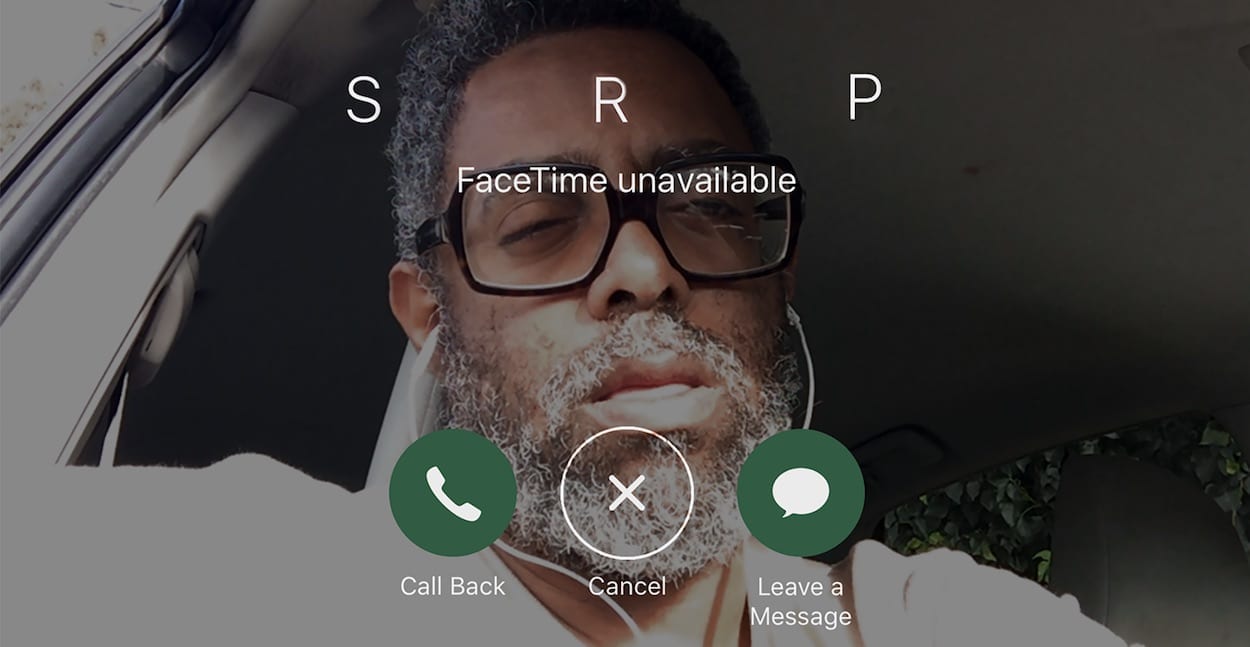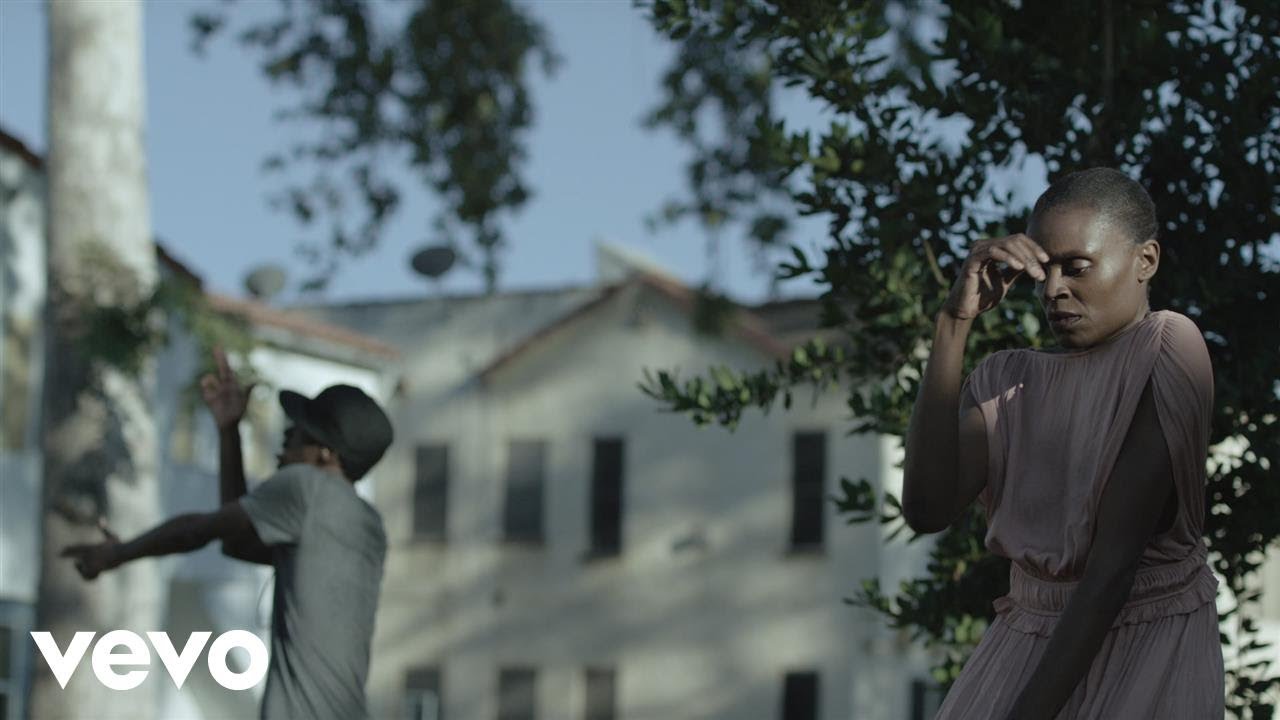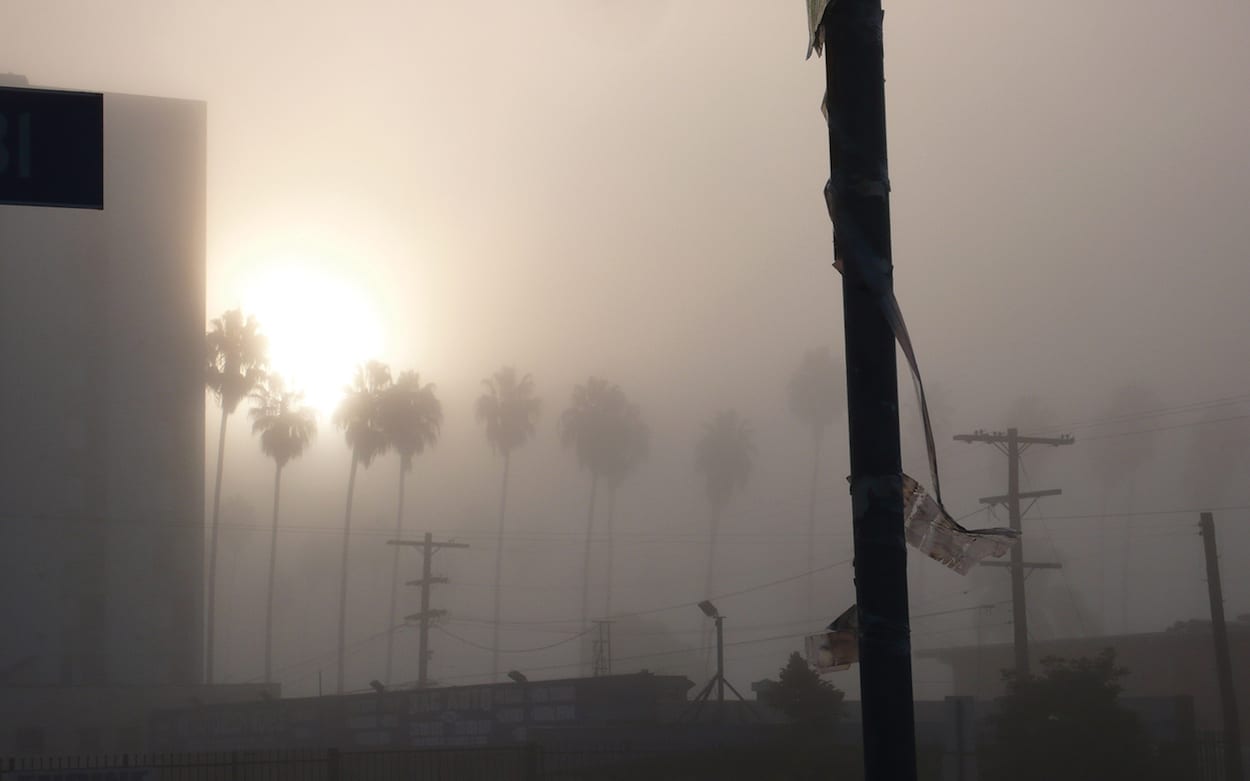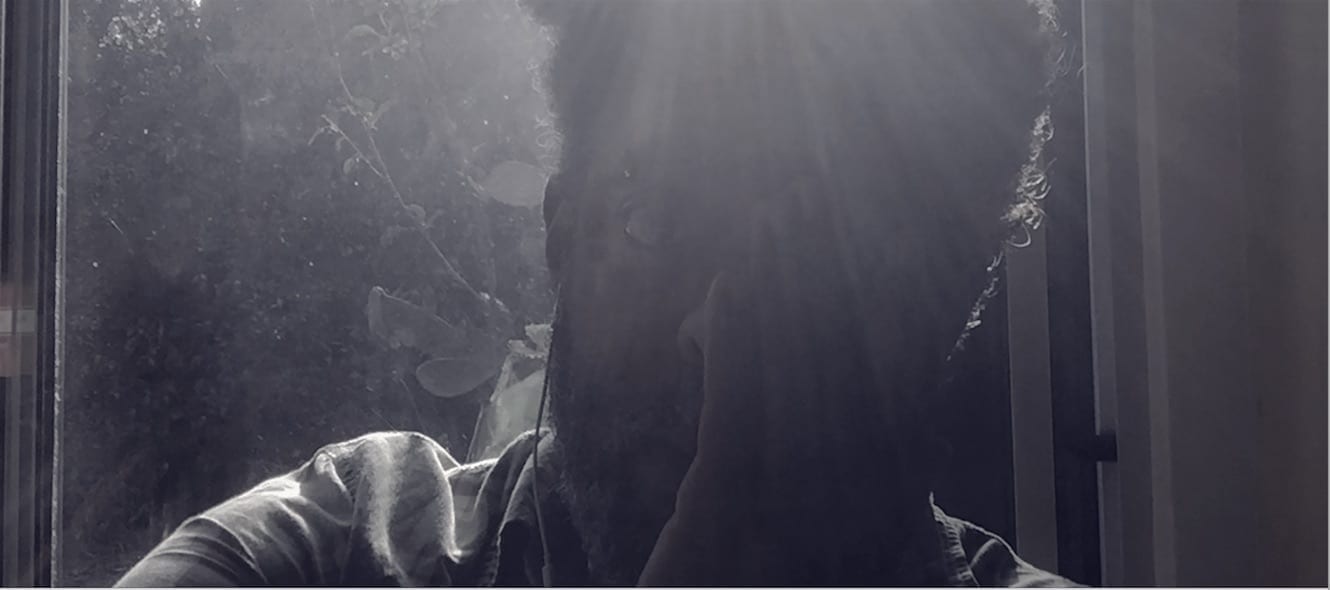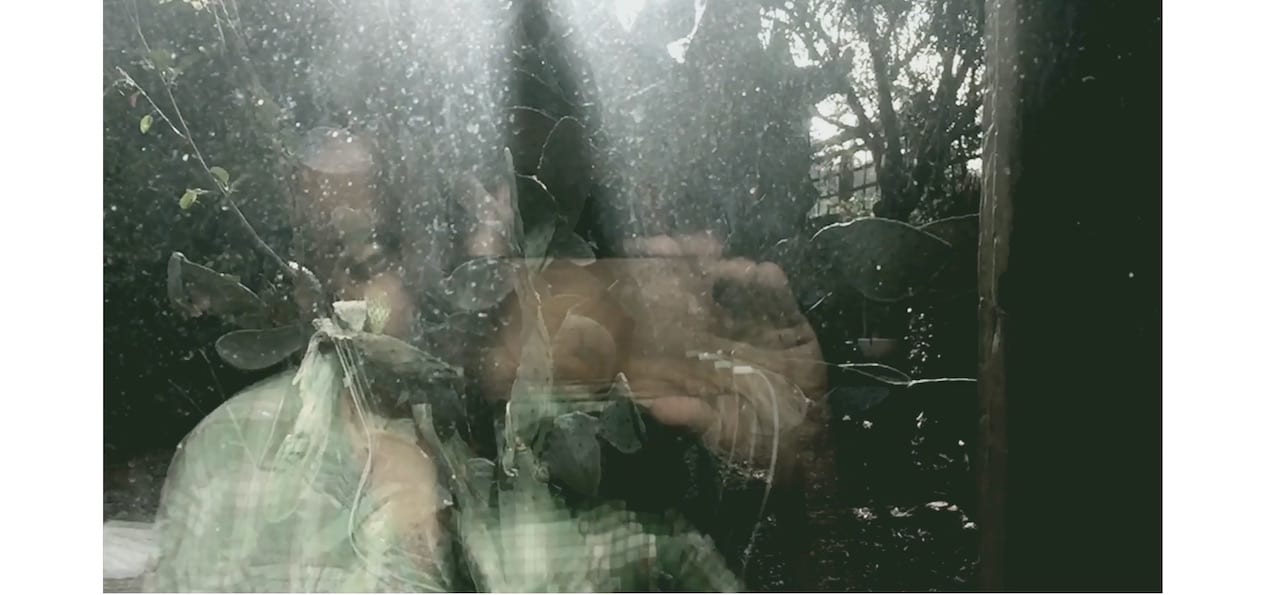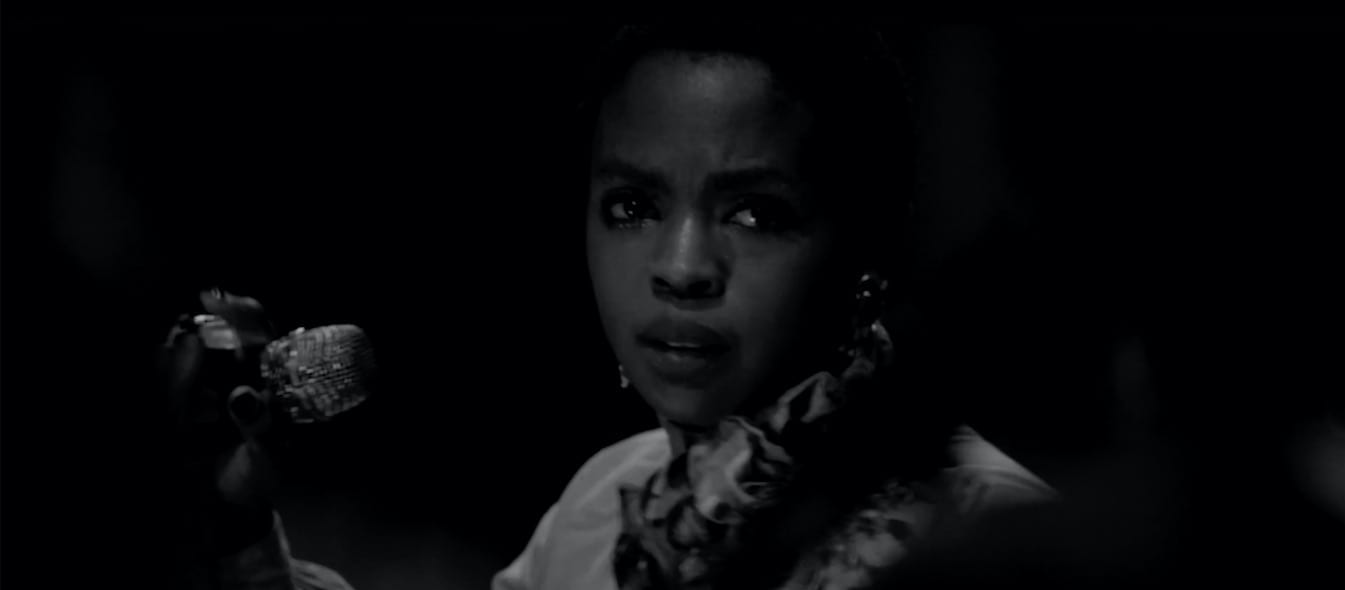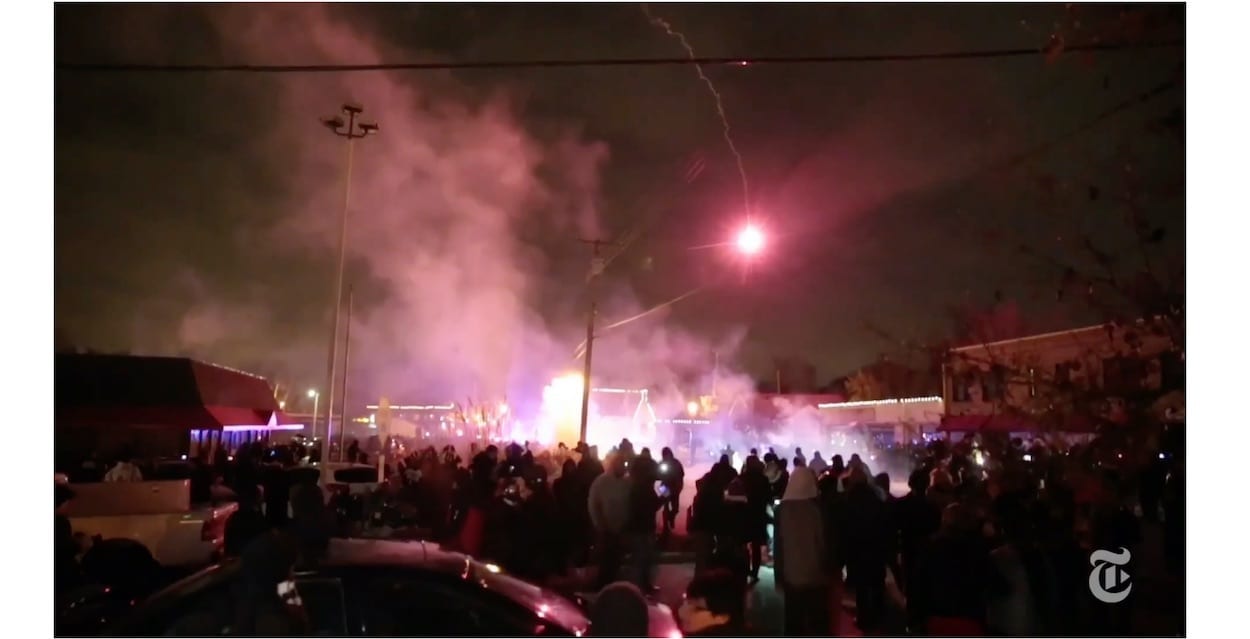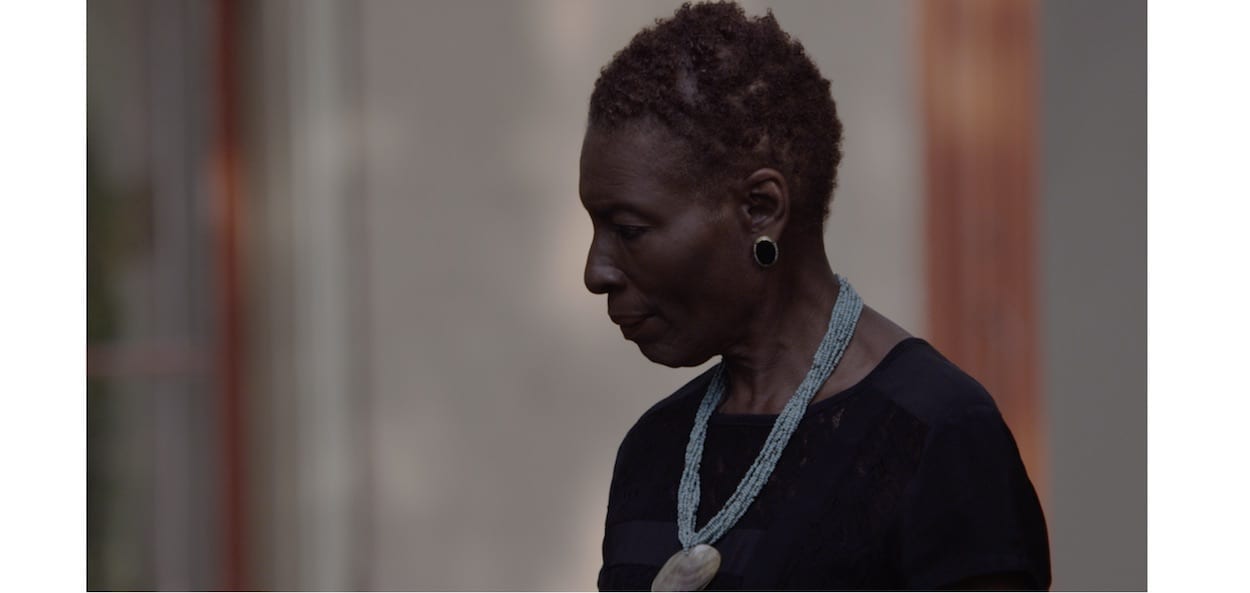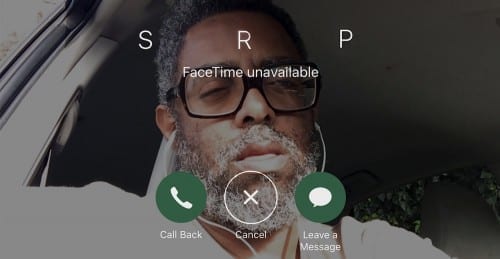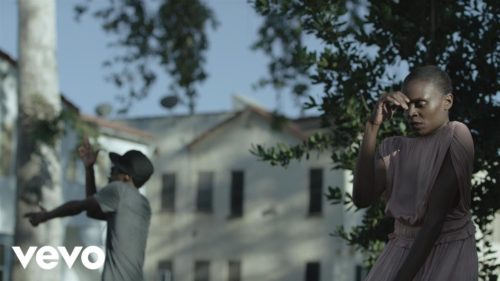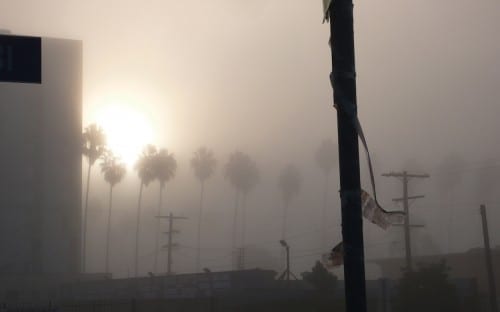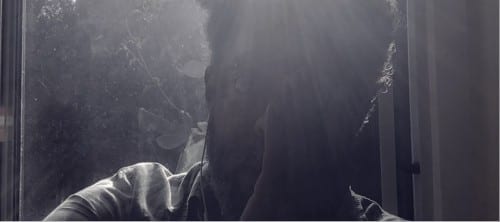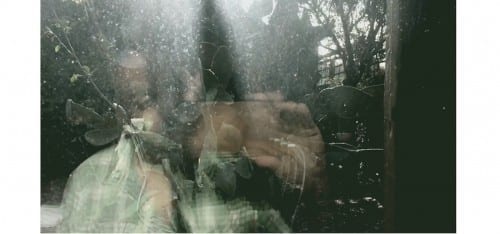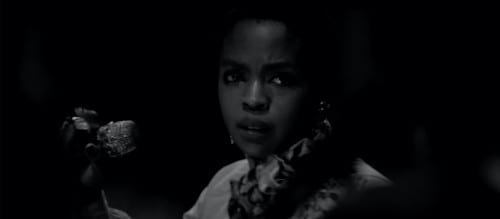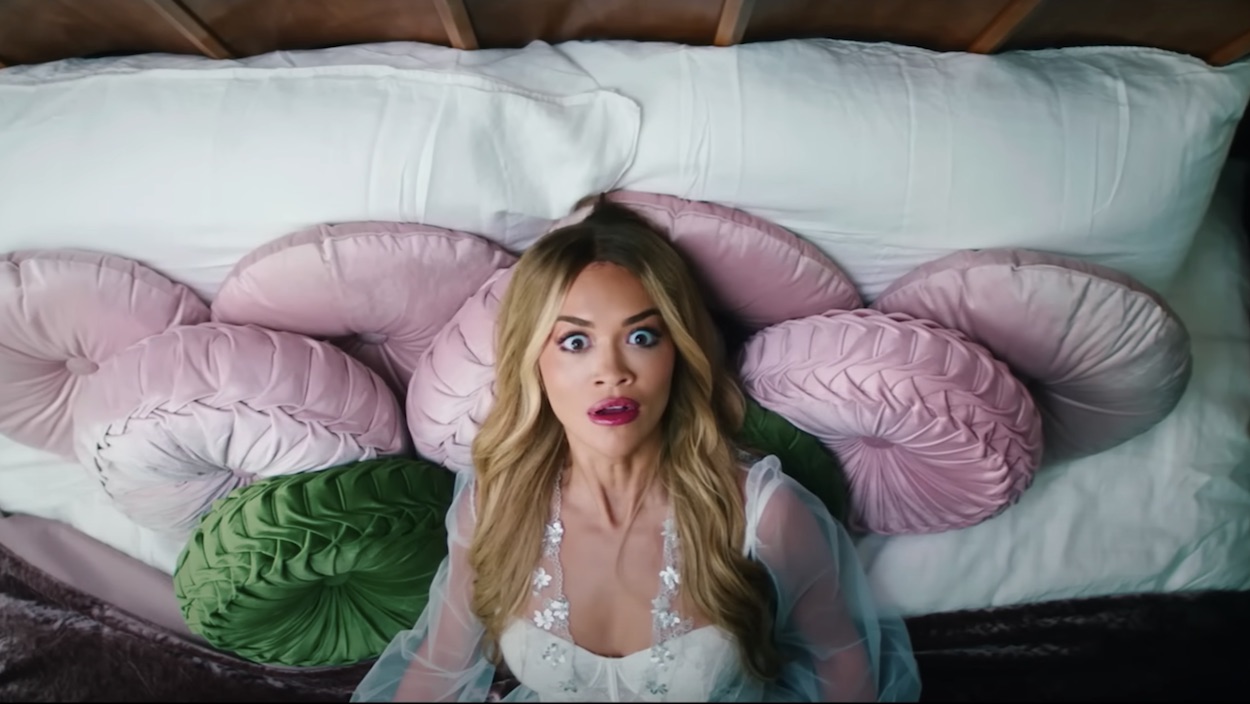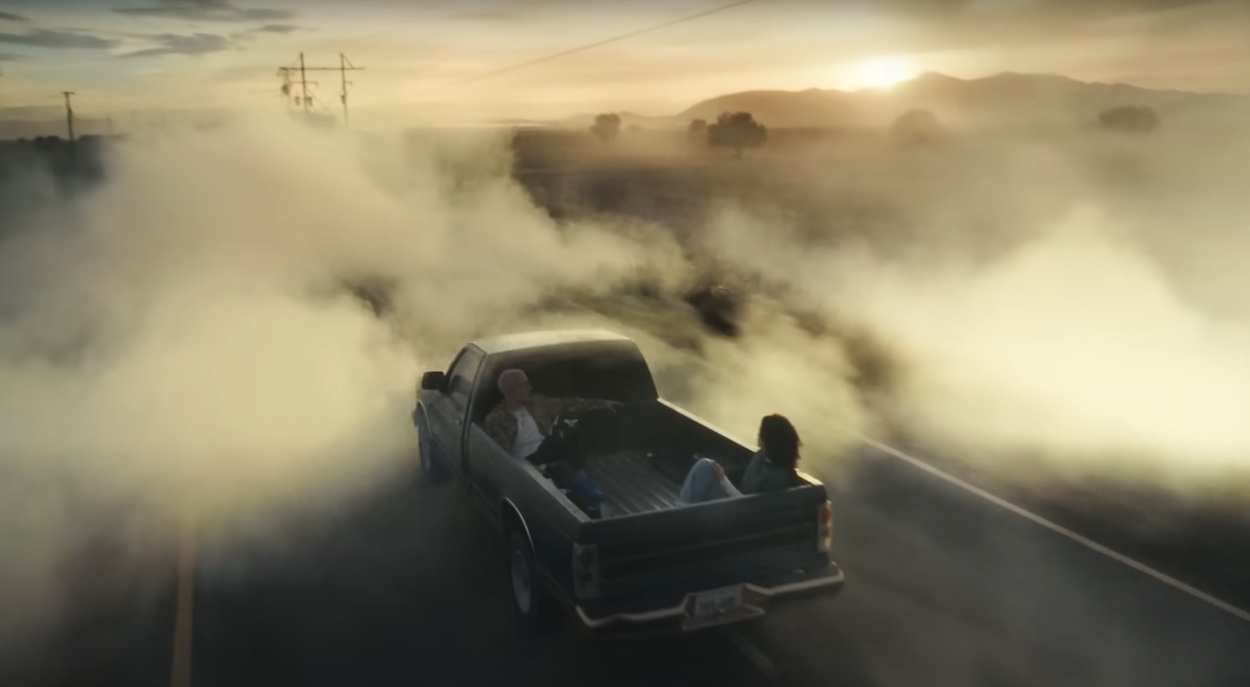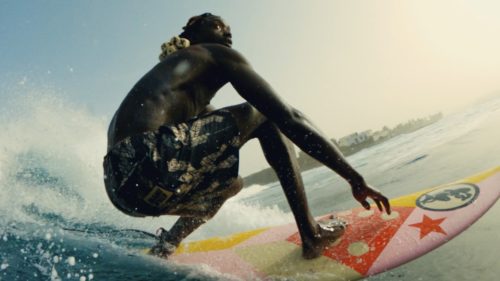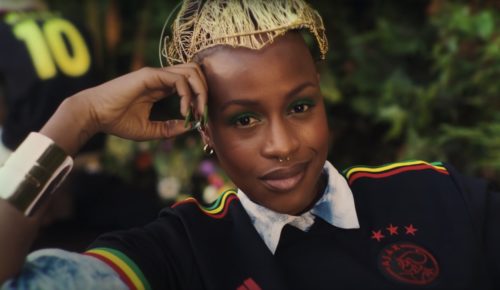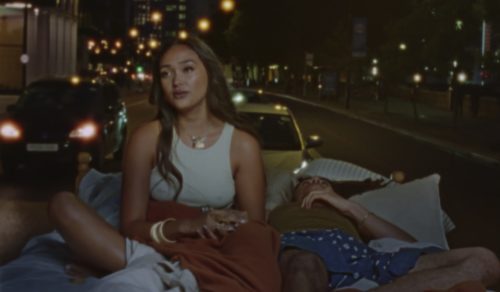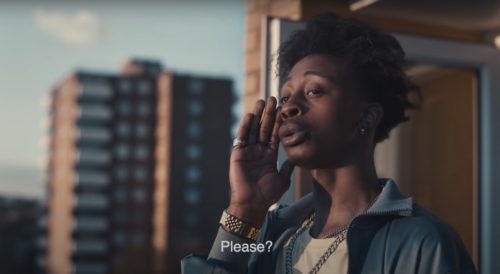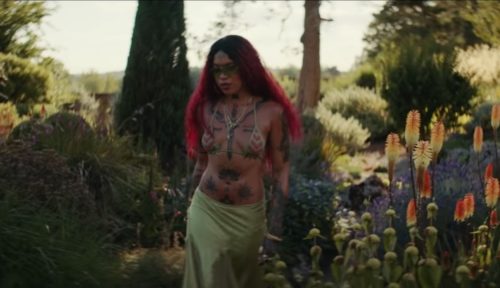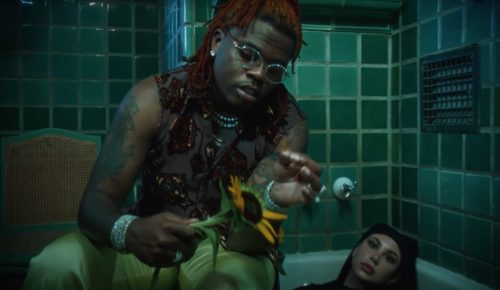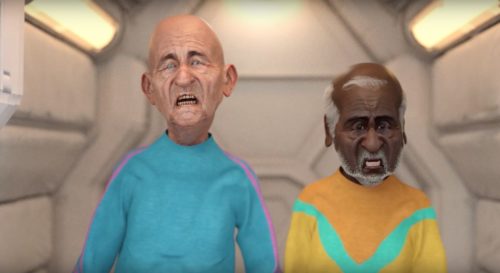1.4: Somewhere in one of your talks you said you weren’t an activist, you’re an alchemist, concerning your film making. So taking the Jay-Z 4:44 video as an example can you tell us a bit about your creative process? Was this film your interpretation of his lyrics?
AJ: I wouldn’t so much call it an interpretation, but it was a response to the lyrics obviously. It was an attempt to create a platform or context where people could actually hear what he was saying. It’s not always literally … you know it’s not a performing video, but it’s trying to create a rhetorical complexity in relationship to what he’s saying.
The thing was to try to create this dynamic tension between what he’s saying in the lyrics and what you’re seeing, or what you’re experiencing, because it’s not a straight forward thing like in the beginning of the 4:44 where you see the people just hanging out and then the car comes by and hits somebody.
In a sense, it’s like channelling or projecting some of these vague ideas we have about the nature of his relationship with Beyonce, for example. And that wasn’t even really conscious. It was really on a level of just looking for footage that seemed to resonate in relationship to the names that he was saying.
So once we put that thing in place then it did create, like I said, a sort of rhetorical dynamic wherefore we were here and then from that point on … It’s almost like a person free styling. You said one line, and then you have to rhyme with the next. It’s not like you stand up and thought about 10 rhymes in a row.
Maybe some people do that. It’s unfurling, it’s unfolding so the whole idea of the video is to have something that was unwinding in a sense. Typically with music videos, you’re illustrating the song so to speak. We really didn’t want that. We wanted to have images and events in a audio-visual sense that will react or respond to it in the same way a great MC would react or respond to beat.
Like it’s something where you’re actually trying to create, like I said, a complex feel of associative relationship between what you’re seeing, what you’re hearing musically, and what you’re hearing lyrically as well.
So, take for example there’s a moment in there where you see this robot and you see Basquiat. Like, out of the context of the video, nobody would think, “What does this have to do with Jay-Z?” But in the context, it makes perfectly good sense.
… Or like my favourite part in the whole thing, which is Al Green singing, but then you see Jay-Z and Beyonce on the stage together because it’s a very, very beautiful, almost delicate moment in the midst of this really kind of very overt and blunt kind of acknowledgement that you know maybe he cheated or he played around, you know, on Beyonce.
So you get to see them at their best. I wouldn’t say that that is their best, but in that particular moment, it’s real straightforward like the way he’s looking at her. And the way that she is enjoying him looking at her. It’s kind of what it’s about. So it’s really again, creating a platform, creating an associative feel, so that you can actually think about what he’s saying in a way that’s not maybe so literal or straightforward, but hopefully trying to get the core of something, you know?
1.4: Yes, that was really quite moving. They don’t touch. They just look at each other while performing.
AJ: Right.
1.4: It’s interesting how you frame things in this video by using those two dancers, who seem to be performing spontaneously. I’m assuming your other film work is similar with multi-layers that all interweave with each other.. As you said, it’s like life. It’s like human relationships. It’s not just a literal narrative, it’s ambiguous, yes?
AJ: It’s like, we put these things in proximity to one another and then just see what they do in relationship to each other. But again, I always think of it less as illustrating and creating a rhetorical relationship with the music, creating an associative feel, where people actually start to think about these things associatively and not so literally.
1.4: How would you sum up your childhood? Was it a spiritual childhood? Was it creative?
AJ: Yeah both. I mean, I don’t think those two things obviously are mutually exclusive. At times it’s like my childhood was a cross between The Brady Bunch and The Colour Purple, you know?
1.4: Yeah.
AJ: Like idyllic and dark.
1.4: It’s unusual for visual artists like you to sign to such a commercial production company as Stink. What are you hoping to get through this? What would you like to make through the company? What’s the aim? What’s the context going to be?
AJ: I mean the aim is just to make things interesting. I don’t think there’s any gimmick context I operate in. I’m here. We’re all operating inside of commerce, late, late, late, stage capitalism. There’s all these things that are given to everybody. Globalisation, hypermedia, all this kind of stuff, whatever you make, even if you’re somebody carving a hunk of rock. Do you know what I mean?
1.4: Yes.
AJ: Once that thing is made available to the people, then people are going to snatch at it, post it on Instagram, all these kinds of things. It doesn’t matter what it is you make, these things are going to be absorbed and collectively interrogated by the kind of contemporary context. To that end, it’s not about trying to evade commerce and business. It’s about positioning one’s self with appropriate kind of support and backing, so that you can actually navigate these contexts, because there’s more than one, effectively.
Like the internet, contemporary media, all this kind of stuff is like the ocean. It’s like Finding Nemo. It’s complicated and it’s complex. I don’t know why I’m on the Finding Nemo thing, but you know it’s like Nemo never would have been found if there hadn’t been a certain amount of support and assistance by … At one point I think, were there whales or something? There were swarms and stuff helping him.
So I think of it as a support structure, the network, and they do what they do and they do it really well. So I do what I do. I know what kind of things I’m interested in articulating and saying, but I want to build a vehicle capable of delivering those things effectively. Part of that’s just having a support structure. That’s how to sustain, and that’s what I hope also in a collaboration.
Lyndy: As an artist, who’s your audience? Who are you talking to?
AJ: I’m talking to whoever is listening. I don’t know, I don’t know. Like I said, it’s back to the Finding Nemo thing. It’s like you throw your thing out into the ocean. You try to make something that’s robust, capable of functioning in the context of the media space, but at the end of the day, it’s not completely possible to tell who it is that’s following what you do.
In the case of working with Stink, or in the case of working with film and such, I’m very interested on an aesthetic and philosophical level taking black ways of being and applying them to the creation of better sorts of artefacts, audio visual artefacts. But who my audience is, I don’t know. That remains to be seen.
Extra reading:
Exhibitions:
https://gavinbrown.biz/artists/arthur_jafa/exhibitions/2018
Jafa’s most recent exhibition, A Series of Utterly Improbable, Yet Extraordinary Renditions, premiered last June at the Serpentine Galleries in London, and is currently on view at the Julia Stoschek Collection in Berlin through November, 2018.
